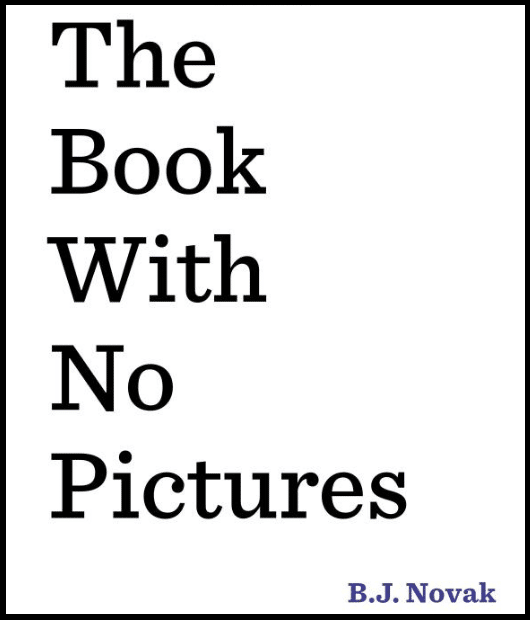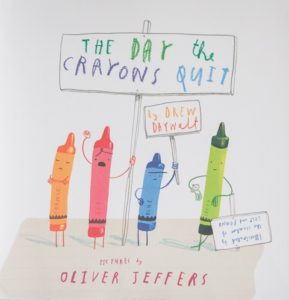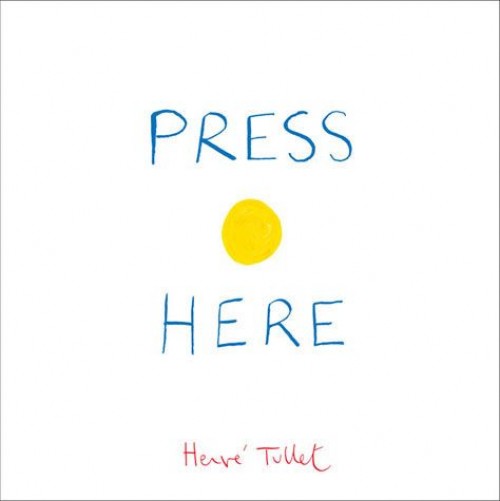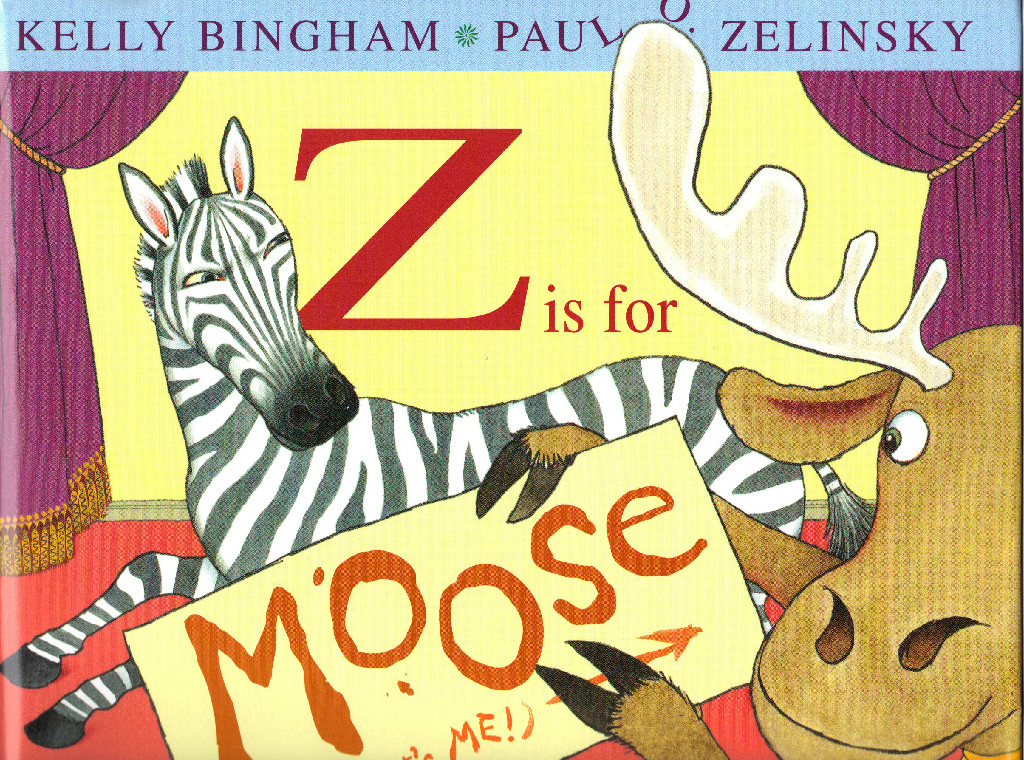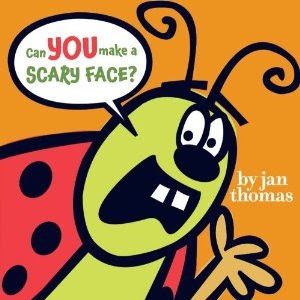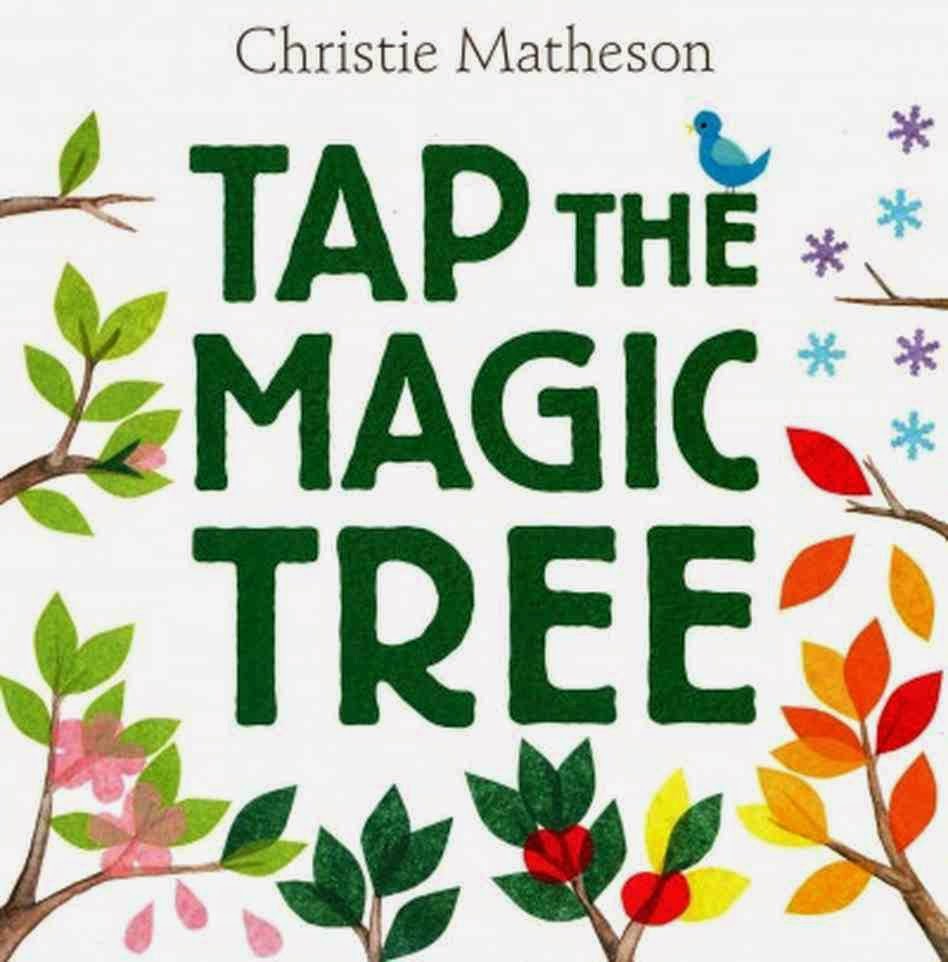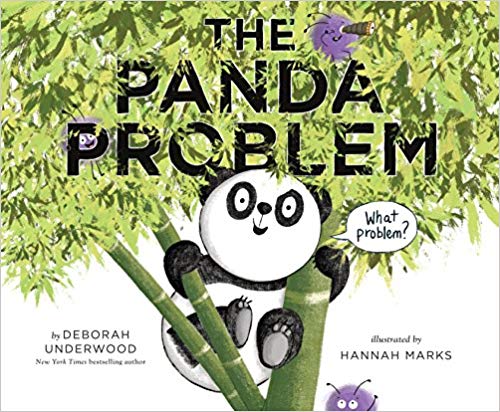I’ve been hired to write an alphabet picture book for a community organization (Thanks, Realize Bradenton!), and as part of my research and prewriting process, I’ve inundated myself with dozens of A to Z books. To clear, I have A to Z, ABC, and abecedarian books coming out of my ears. Almost literally!
After reading them for three weeks straight, here’s what I’ve come to believe. The pedestrian ones teach you the ABCs, sure. But the best of them do so much more.
That’s what this bonus picture book list is–13 of the most interesting A to Zs that I found. (Why not 26? you ask, since there are 26 letters in an A to Z. after all. Good question. The answer is this: I’m doing 13. Maybe we’ll do another 13 in a future installment of “Delightful A to Z books.” Who knows?)
Without further ado …
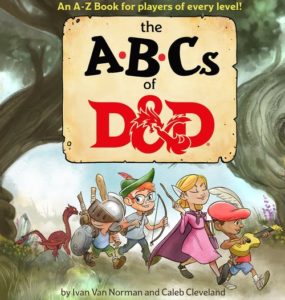 The ABCs of D&D
The ABCs of D&D
by Ivan Van Norman and Caleb Cleveland
Talk about indoctrinating your kids while teaching the ABCS! At least D&D is now recognized as being good for you in a lot of ways beyond just plain being fun. (Here’s journalist Ethan Gildsdorf’s Tedx talk on the topic!)
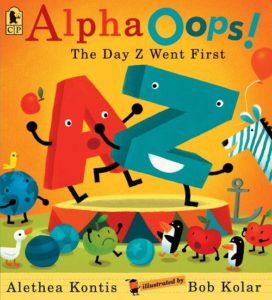 AlphaOops! The Day Z Went First
AlphaOops! The Day Z Went First
by Alethea Kontis (Illustrated by Bob Kolar)
Kolar’s bright, lively letters pop off the page and make a great match with Kontis’ clever wordplay. And I must confess–with a last name that starts with V, I’m pleased that we end-of-alphabeters might get a chance to go near the front for once!
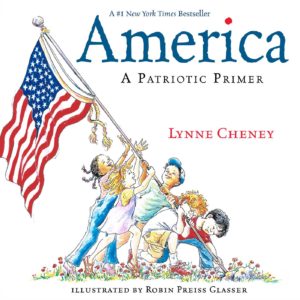 America: A Patriotic Primer
America: A Patriotic Primer
by Lynne Cheney (Illustrated by Robin Preiss Glasser)
In a time where the word “America” might not have the patriotic oomph it once did, this book does a splendid job of presenting historical facts, the Constitution, freedom, what it means to be an American, and far more. It’s a winner for teachers/parents who want a picture book to help them take on topics like diversity and tenacity.
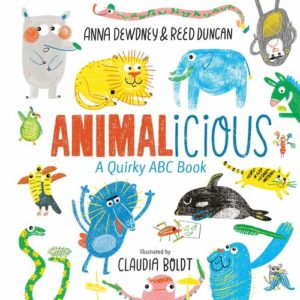 Animalicious: A Quirky ABC Book
Animalicious: A Quirky ABC Book
by Anna Dewdney and Reed Duncan (Illustrated by Claudia Boldt)
The animals in this book are indeed quirky (and imaginary). For example, it’s not a “python” but a “piethon.” Lots of fun to be had here!
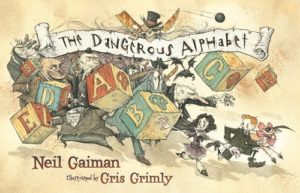 The Dangerous Alphabet
The Dangerous Alphabet
by Neil Gaiman (Illustrated by Gris Grimly)
I’m happy to include Neil Gaiman on pretty much any book list I make. Thankfully, he DOES have an ABC book and–to no one’s surprise–it’s strange, fun, and (kid-appropriately) dark in equal measure. Gaiman warns that even the alphabet is not to be relied upon, which is part of the fun here. Check out a read-aloud video of the whole book here.
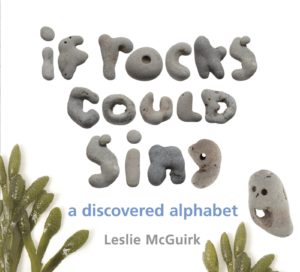 If Rocks Could Sing: A Discovered Alphabet
If Rocks Could Sing: A Discovered Alphabet
by Leslie McGuirk
So cool, so clever. The rocks don’t just look like letters–they also look like the things themselves. (N is for nose, and indeed, she’s got a terrific nose-shaped stone to complement the word!)
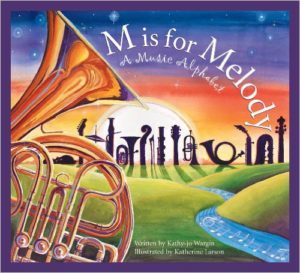 M Is for Melody: A Music Alphabet
M Is for Melody: A Music Alphabet
by Kathy-jo Wargin (Illustrated by Katherine Larson)
This book is a lesson in both the ABCs and music, using instruments, composers, musical terminology, and even musical styles in read-aloud rhymes. The informative sidebars are a plus!
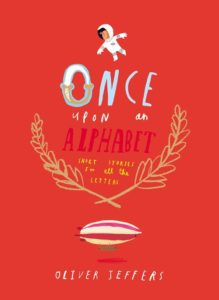 Once Upon an Alphabet: Short Stories for All the Letters
Once Upon an Alphabet: Short Stories for All the Letters
by Oliver Jeffers
While you probably know him as the illustrator of The Day the Crayons Quit, he’s also authored this fine book which has each letter in the alphabet associated with a word or phrase. Then Jeffers offers a humorous story to pair with it. (Here’s an example: E is for enigma, so … “How many elephants can you fit inside an envelope?”)
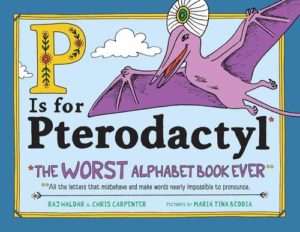 P Is for Pterodactyl: “The Worst Alphabet Book Ever”
P Is for Pterodactyl: “The Worst Alphabet Book Ever”
by Raj Haldar and Chris Carpenter (Illustrated by Maria Tina Beddia)
While this might not help young readers with their spelling, this clever book is a lot of fun for adult and kid readers. Not every word has that silent first letter, but it’s an amusing list of tricky words, regardless. I find the cartoony illustrations to add to–as The New York Times says–“a raucous trip through the odd corners of our alphabet.”
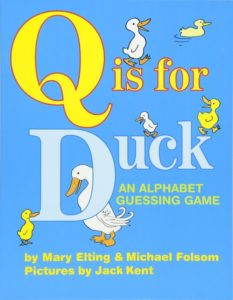 Q Is for Duck: An Alphabet Guessing Game
Q Is for Duck: An Alphabet Guessing Game
by Mary Elting and Michael Folsom (Illustrated by Jack Kent)
This book has a mix of very easy (A is for Zoo–why?) to not-so-easy riddles (S is for camel–why? They spit!) for kids to solve using the letters of the alphabet as a jumping off point. Many of my K and 1st grade teacher friends use this one in class.
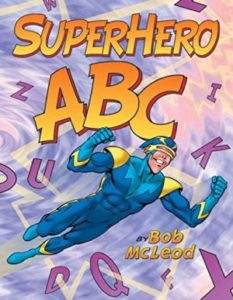 Superhero ABC
Superhero ABC
by Bob McLeod
This book really leans into the letter aspect, with entries such as “Laughing Lass, who laughs loudly at lawbreakers!” The comic-book style art is a nice touch, too.
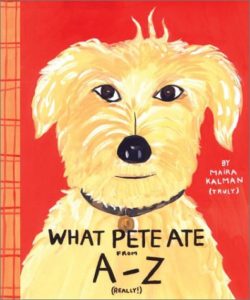 What Pete Ate from A — Z
What Pete Ate from A — Z
by Maira Kalman
The alliteration is over the top, but deliciously so as Pete the dog gobbles up anything he can, from an accordion to when he “ripped the head off my dear doll Dinky.” It’s told from a child’s point of view, which adds another level to the fine book.
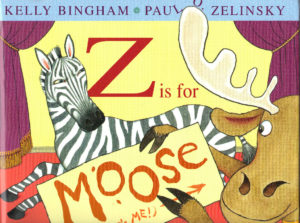 Z Is for Moose
Z Is for Moose
by Kelly Bingham (Illustrated by Paul O. Zelinsky)
I love this book. Poor, serious Zebra wants a simple ABC here, but Moose has other ideas. When M goes to a mouse, however, Moose throws a tantrum and rampages through the rest of the book. Don’t worry–it all comes together in the end. Z Is for Moose is silly, irreverent, and very memorable, too.



